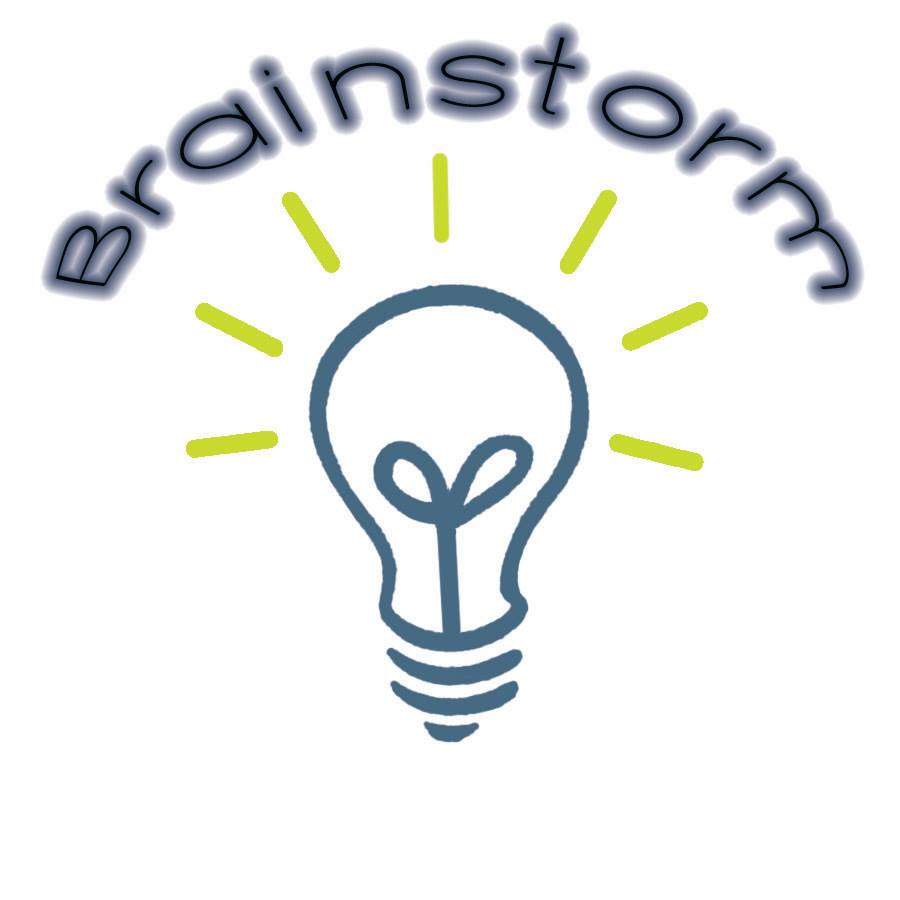This is a cross post from the DexterEd website and features content of potential interest to VSTE members.
You know what you want… now, prep and work with your PTO/PTA to make it happen.
I primarily work with educators at Dexter Industries to help them figure out what they need for their classrooms and assist in getting them started with their robots kits. Outside of my Dexter work though, I’m very involved in my children’s school, having started my 4th year being on the Parent Teacher Organization (PTO) board. PTOs and PTAs are such an integral part of schools. They don’t just organize parties and events. They offer another avenue for teachers to request new technologies for their classrooms. Teachers sometimes aren’t aware that their PTO or PTA could actually help them when there are items or curriculum they want or need for the classroom.

PTOs and PTAs are different entities with different rules, but when it comes to helping teachers purchase new technologies for students there are similar ways for the PTO/PTA to say “Yes” to the request. Many times there are grade level funds set aside for each grade. The amount of these funds vary and could range from $100 to more than $500.
At the same time, the principal often receives a fund from the PTO/PTA that could be used for new school technology. Some principal funds are solely used for events, assemblies and other things that benefit the school and all students as a whole, but this varies per principal so requesting funding through the principal funds may be an option for you. With this in mind, if the technologies wanted are to be used in a library Makerspace, Computer lab, or mobile robot lab, then a request to the principal would be very appropriate.
Teachers are also welcomed to just request funds from their PTO/PTA for items they want, and see if a line item could be added to the PTO/PTA budget for the year. The most common way, however, that PTO/PTAs can help educators get new technology is through a dedicated fundraiser for the items teachers want. 
Let’s say you want to introduce robotics to your classroom, lunchtime club, after school program, or in the computer lab/library/makerspace. There are specific steps you should take when requesting that your PTO/PTA develop a fundraiser for the purchase of the robots you want.
As an educator these are the things to consider when pitching to the PTO/PTA:
At Dexter, we’ve built a presentation that covers all these areas for you, check it out here.
- Know the robotics kit you want and have bullet points as to why you want it. Make note of which grades it will be used with and how often. Dexter Industries recommends one robot per two to three students. Know how much money it will cost for everything you want- robots, curriculum or course units, any extra sensors or software. You may need additional equipment if you don’t already have it, like batteries, chargers, iPads. Robots are most often programmed via computers, including Chromebooks, and/or iPads.
- If possible, be able to share which state standards or course concepts the work you want to do with the robot will meet. For example, Dexter Industries course units and curriculum list all of the state standards that are met when using the kits and projects. We are continually developing new projects and lessons to expand our curriculum offerings.
- Know how the robot kits you want will benefit your students. Are the kits going to inspire and be accessible to all types of learners maybe? Are the robots going to create a renewed enthusiasm in an area where students seem bored and test results have dipped? Are you enthusiastic about the GoPiGo (shameless plug) because you can help your students learn to program in real world languages like Bloxter and Scratch, and then move into Python and Java? This is the “sell” part that you want to develop. You should figure out “why and how” the technology would benefit the students. Remember, the PTO/PTA board that you’re asking money from has students at your school. Have a few key points as to how the robots will benefit all students. You can also check out our Lesson Snapshots Guidebook showing you how to integrate robots into different content areas.

- Have an example of the technology, in this case, the robot, to show your PTO/PTA board and principal. Request to be on our PTO/PTA meeting agenda so you can present and show off the robot at one of the general meetings. Show the ease of the software interface and a quick example program that makes the robot move. Have it drive and deliver a sweet treat to where the PTO/PTA board is sitting perhaps. Some robotics companies, like Dexter Industries, offer loaner programs (check out our free 45-day teacher trial) which makes it possible to evaluate the robot and bring it to meetings with your PTO/PTA or other administration who need to give a green light. Be prepared for questions from the PTO/PTA board member and the principal. If you need administrative buy-in first, set up a time with the principal and show off the physical robot, and let him/her know what funding sources you are planning.
PTO/PTAs do a lot for schools and are a great independent resource of the school to request funds for ideas that teachers have. Over the years I’ve been on the board, I’ve seen requests range from iPads and poster makers to sending librarians to conferences. Remember, PTO/PTAs want to help teachers make the school the best place possible for you and the students. They often have funds available or can assist in raising funds to support your efforts. Know what you want, show the technology in person if you can, and simply ask. It all starts there.
By Elizabeth Kiken
Download our free presentation and sample budget proposal to get you started.






